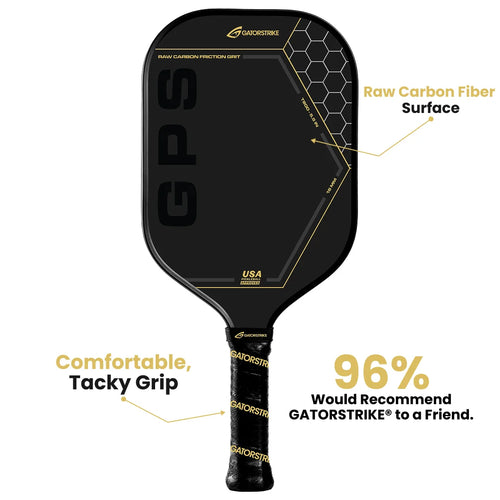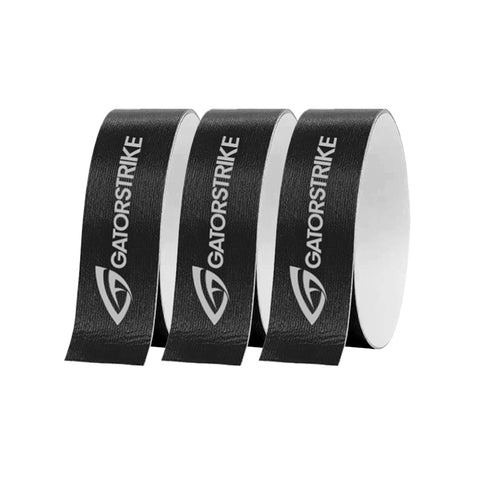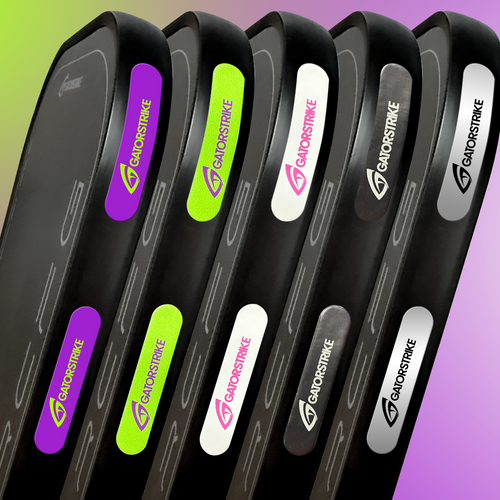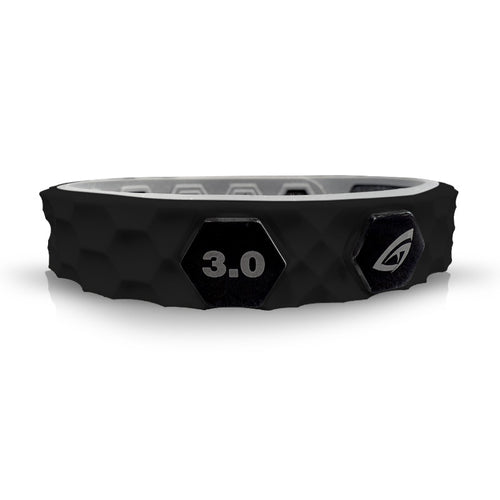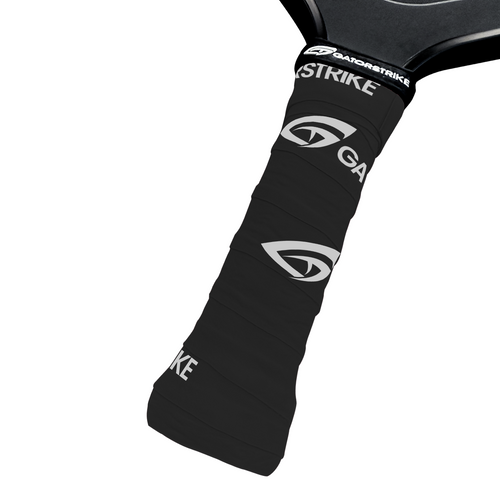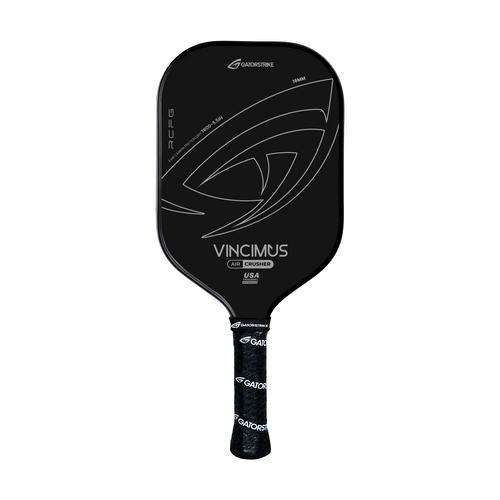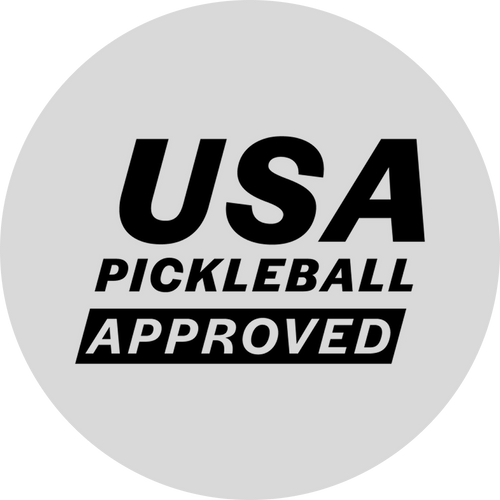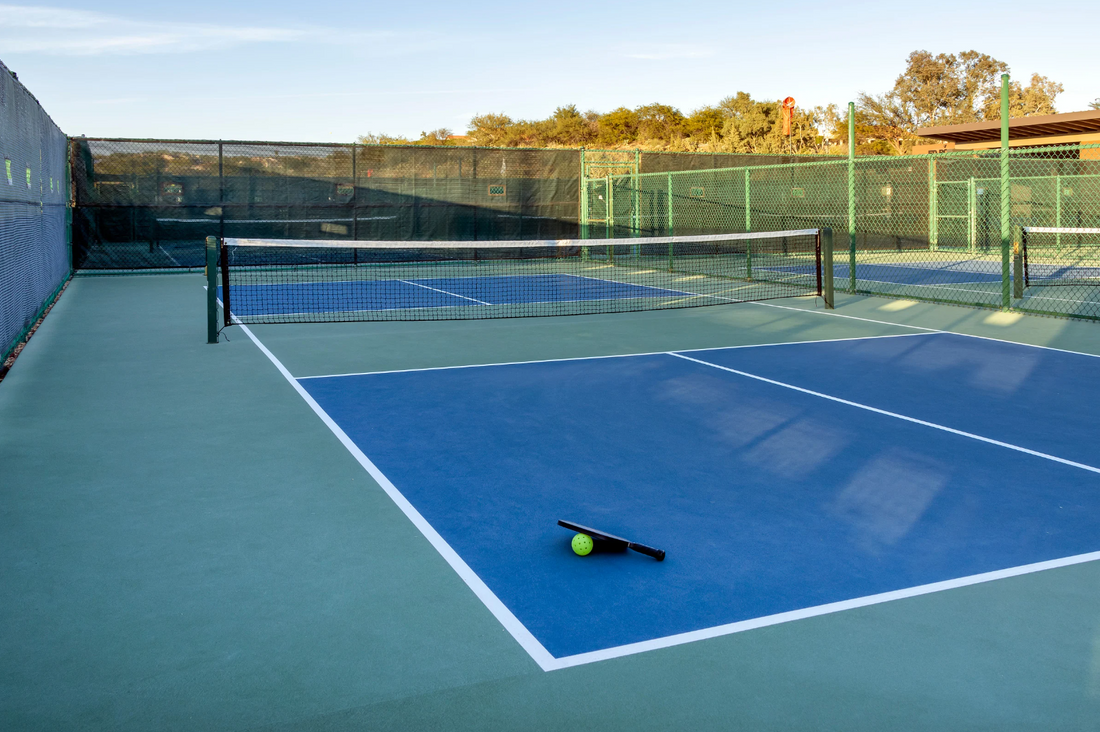
The Future of Pickleball Courts: Innovative Designs and Smart Surface
Share
Pickleball, one of the fastest-growing sports in the world, is experiencing a surge in technological advancements—especially in court design and playing surfaces. As more players, communities, and professional organizations invest in the sport, innovations in materials, layout, and smart technology are transforming the way pickleball is played.
From high-tech shock-absorbing surfaces to modular court designs that enhance accessibility, the future of pickleball courts is evolving rapidly. Let’s explore the cutting-edge developments that are shaping the next generation of playing environments.
1. Smart Court Technology: The Digital Evolution of Pickleball
The integration of smart technology into sports is nothing new, and pickleball is now joining the movement. Emerging smart court systems are designed to enhance gameplay, improve training efficiency, and provide real-time analytics.
Automated Line Calling & AI Referees
Advancements in optical tracking systems, similar to those used in professional tennis (like Hawk-Eye technology), are being adapted for pickleball. These systems use high-speed cameras and artificial intelligence to make real-time line calls, eliminating disputes and ensuring accurate officiating.
Integrated Performance Tracking
Smart courts equipped with sensors embedded beneath the surface can track player movement, shot placement, and ball speed. This data is then transmitted to apps or in-game displays, allowing players to analyze their performance and adjust their strategies accordingly.
LED-Embedded Surfaces
Some modern court designs are experimenting with LED-lined surfaces that dynamically adjust boundary markings. These flexible displays can instantly switch between singles and doubles court configurations, reducing the need for multiple court setups in multi-use facilities.
2. Advanced Surface Materials: Enhancing Durability and Playability
Traditional pickleball courts are made of asphalt or concrete with an acrylic topcoat, but new material innovations are introducing better shock absorption, weather resistance, and sustainability.
Cushioned Polymeric Surfaces
New polymer-based court surfaces are gaining popularity due to their ability to reduce joint strain while maintaining consistent ball bounce. These surfaces absorb impact forces, making the game more comfortable for players, especially seniors or those prone to injuries.
Temperature-Regulating Surfaces
One of the biggest challenges for outdoor pickleball courts is extreme heat absorption. Modern courts now feature heat-resistant coatings that reflect UV rays, keeping the playing surface cooler and preventing excessive wear from temperature fluctuations.
Self-Healing and Eco-Friendly Materials
Some companies are developing self-repairing court surfaces using cutting-edge materials that can "heal" minor cracks and abrasions, extending the court’s lifespan. Additionally, recycled rubber and plant-based resins are being incorporated into court construction to promote sustainability.
3. Modular & Multi-Use Court Designs
With the demand for more pickleball facilities rising, space-efficient solutions are essential. Cities and recreational centers are embracing modular and multi-use court systems to maximize real estate and increase accessibility.
Convertible Multi-Sport Courts
Innovative court designs now allow facilities to seamlessly switch between pickleball, tennis, and basketball by using retractable nets and customizable line markings. This flexibility allows communities to cater to multiple sports without requiring additional land or infrastructure.
Portable and Pop-Up Courts
Temporary pickleball courts made from interlocking panels can be set up in non-traditional venues, such as gymnasiums, event halls, and even beaches. These pop-up courts make the sport more accessible and are ideal for tournaments or traveling exhibitions.
Rooftop & Floating Courts
With urban areas facing limited space for new sports facilities, rooftop courts are becoming an innovative solution. Some cities are also exploring the idea of floating courts on docks and barges, creating unique playing experiences while optimizing underutilized space.
4. Eco-Friendly Innovations: Sustainable Courts for a Greener Future
As sustainability becomes a priority across all industries, pickleball court design is no exception. The following eco-conscious advancements are helping reduce environmental impact:
Solar-Powered Lighting & Charging Stations
Many outdoor courts now feature energy-efficient LED lighting powered by solar panels, reducing electricity consumption. Some facilities also provide solar charging stations for players to power up their devices between matches.
Permeable Surfaces for Water Management
Instead of traditional hard courts that contribute to runoff and flooding, new permeable surfaces allow rainwater to filter through, replenishing groundwater and reducing puddles after storms. This innovation is particularly beneficial for regions prone to heavy rainfall.
Recyclable & Upcycled Court Materials
Manufacturers are using upcycled materials like recycled plastics and reclaimed rubber to build sustainable courts. These materials not only reduce waste but also offer excellent durability and performance.
5. Augmented Reality & Virtual Training Integration
Technology is also revolutionizing how players train and practice. Augmented reality (AR) and virtual coaching tools are being integrated into court designs to provide immersive training experiences.
Interactive Training Walls
Some facilities now include digital training walls where players can practice against projected virtual opponents. These walls react to ball impact, simulating realistic gameplay scenarios and helping players refine their techniques.
AR Glasses for Tactical Analysis
Augmented reality glasses are being developed to provide real-time gameplay insights. These wearables can display shot statistics, court positioning recommendations, and even AI-driven coaching tips during practice sessions.
Holographic Opponents for Solo Play
Future courts may incorporate holographic opponents, allowing solo players to practice against AI-driven competitors that simulate real-life playing styles. This technology is still in development but has the potential to revolutionize independent training sessions.
Final Thoughts: The Court of Tomorrow is Here
The evolution of pickleball courts is accelerating rapidly, blending technology, sustainability, and innovative design to enhance the playing experience. As smart surfaces, modular layouts, and eco-friendly solutions become mainstream, pickleball is positioning itself as one of the most forward-thinking sports in facility development.
Whether you're a recreational player, a tournament competitor, or a facility manager looking to upgrade your courts, these advancements signal an exciting future for the sport. With innovation at its core, pickleball is not just growing—it’s transforming.
So, the next time you step onto a court, imagine what the future might hold. Perhaps soon, you'll be playing on a self-repairing, LED-lit, AI-enhanced court that adapts to your skill level in real time. The possibilities are endless, and the future of pickleball is brighter than ever!
